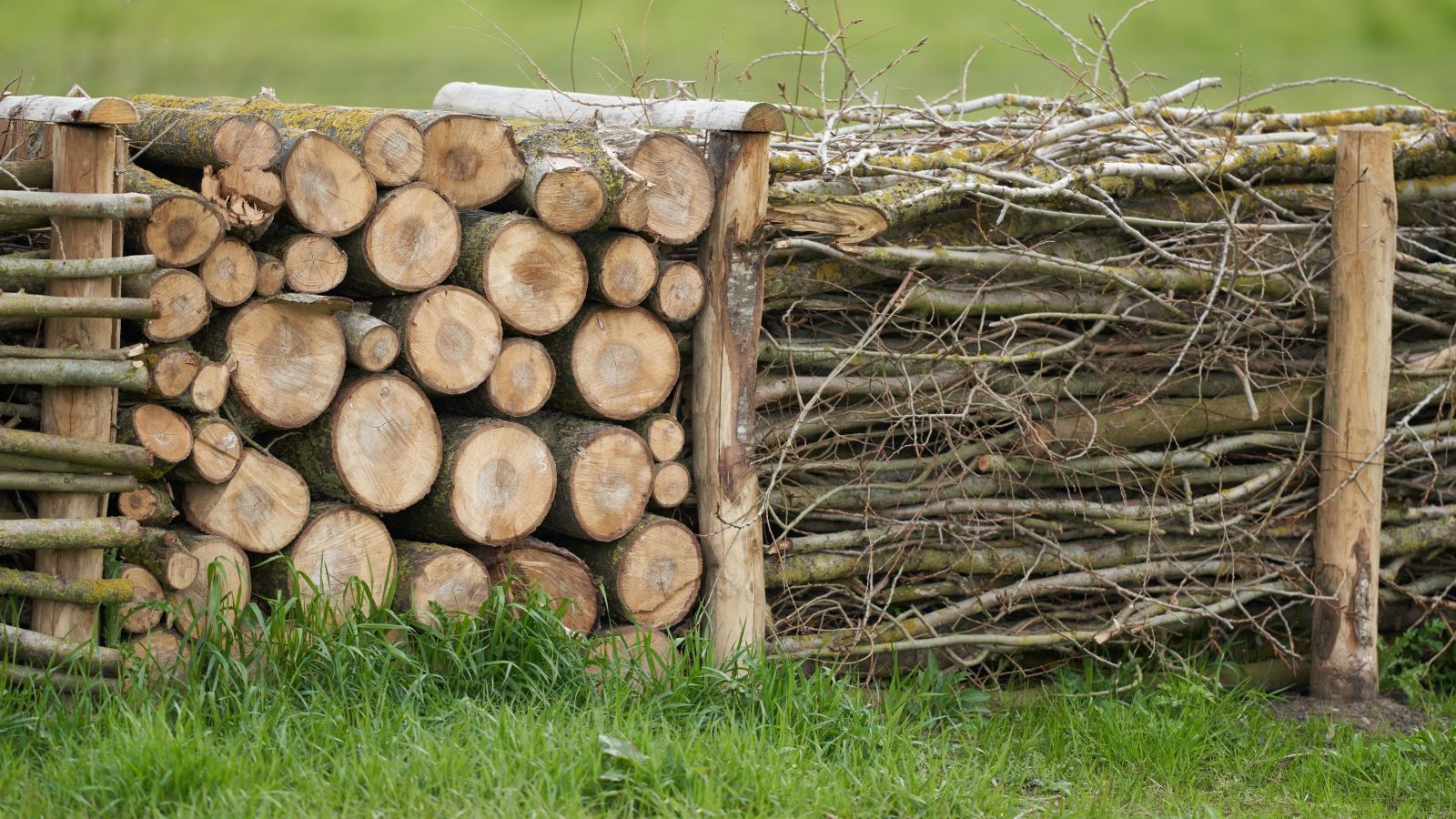Condensation in Conservatories: Tips to Put a Stop to it
Condensation in conservatories is a common problem — our guide will explain how you can prevent it from happening and what to do about an existing problem

Condensation in conservatories is a frequent cause of concern for many people. A heavily glazed structure that is built to be completely air and water tight essentially provides the perfect conditions for condensation to thrive.
Thankfully, there are measures you can take to stop condensation in conservatories forming. In some instances this may involve identifying and repairing leaks (on occasion this might require a major overhaul, such as conservatory roof replacement), in others, simple changes to how you use your conservatory could fix the problem.
Here, we offer ways to put an end to an existing case of condensation and the very best ways to go about ensuring you get maximum enjoyment from your conservatory — making windows running with water a thing of the past.
What Causes Condensation in Conservatories?
Wondering what causes condensation in conservatories? Understanding the cause is key to putting a stop to this troublesome issue.
Although condensation can occur at any time of year, it is most likely to occur when the temperature outside starts to drop, and you increase the heat indoors.
Rising internal temperatures in your conservatory, combined with poor ventilation, causes moisture to build up in the air. When this moisture comes into contact with the cold windows, it turns to water — or condensation.
This is a problem that tends to affect north or north-east facing conservatories more, as they get less sunshine.
How Can You Prevent Condensation in a Conservatory?
If you are suffering from this issue, you can breathe a sigh of relief as there are some simple steps you can take to stop condensation.
Many of these measures are inexpensive, although depending on the extent of the problem and its cause, some might require professional input.
1. Add Conservatory Ventilation
One of the most common causes of condensation in a conservatory is inadequate ventilation. Conservatories are designed to be air and water tight and while this is a good thing (you don't want to be sitting shivering or with your hood up in your new glazed structure after all), it can also lead to windows running with water and soaking wet cills.
Good airflow is therefore essential in preventing condensation. There are several ways you can improve ventilation in a conservatory, including:
- Installing trickle vents in windows: Trickle vents are small slots or openings that are fitted into the top of windows and can be opened or closed as required, without having to open the whole window.
- Fit a roof vent: This can be a little costly when retro fitting, so if you are having a new conservatory fitted, it pays to consider this option from the outset. Conservatory roof vents look much like rooflights. They come with manual, electric or automatic operation options. Manual roof vents start from approx. £150.
- Install an extractor fan: Not always the most visually pleasing option, it pays to shop around for an extractor fan that will blend subtly into your wall in order to reduce any detrimental effect on your conservatory interior scheme.
- Open up windows: A simple and inexpensive way to improve natural ventilation levels is just to open up you conservatory windows every day for a while.
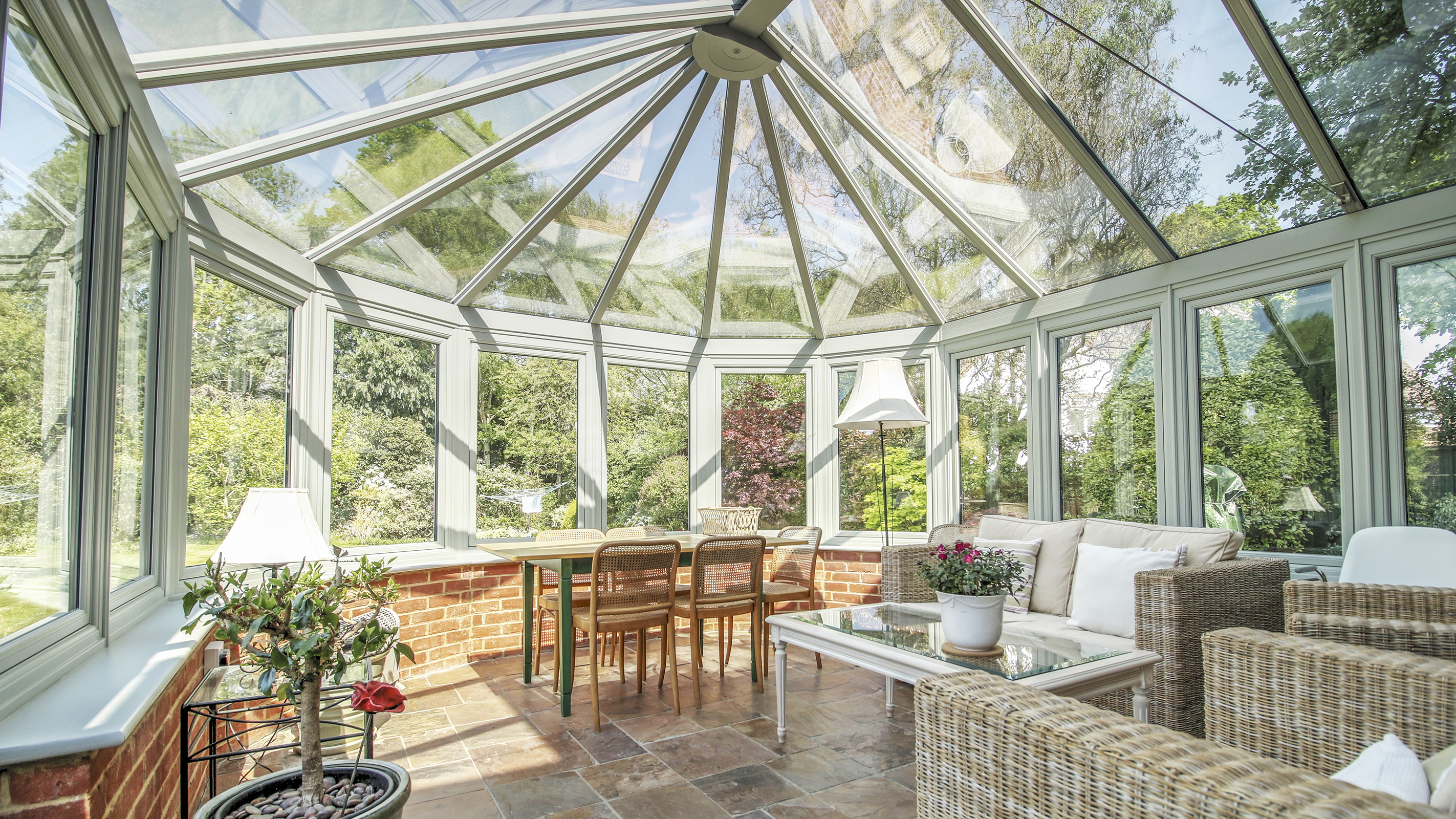
2. Check Your Windows and Roof
Depending on the age of your conservatory, it may be that improvements are required to its structure in order to eliminate a condensation problem.
Leaky windows, doors and roofs can all result in damp and condensation. You can check the seals of your windows yourself, but it is well worth calling in a professional to check the structure. They will be able to suggest any required repairs and advise you on likely costs.
If you have single glazing or failed double-glazed units you may well need to consider having new windows fitted.
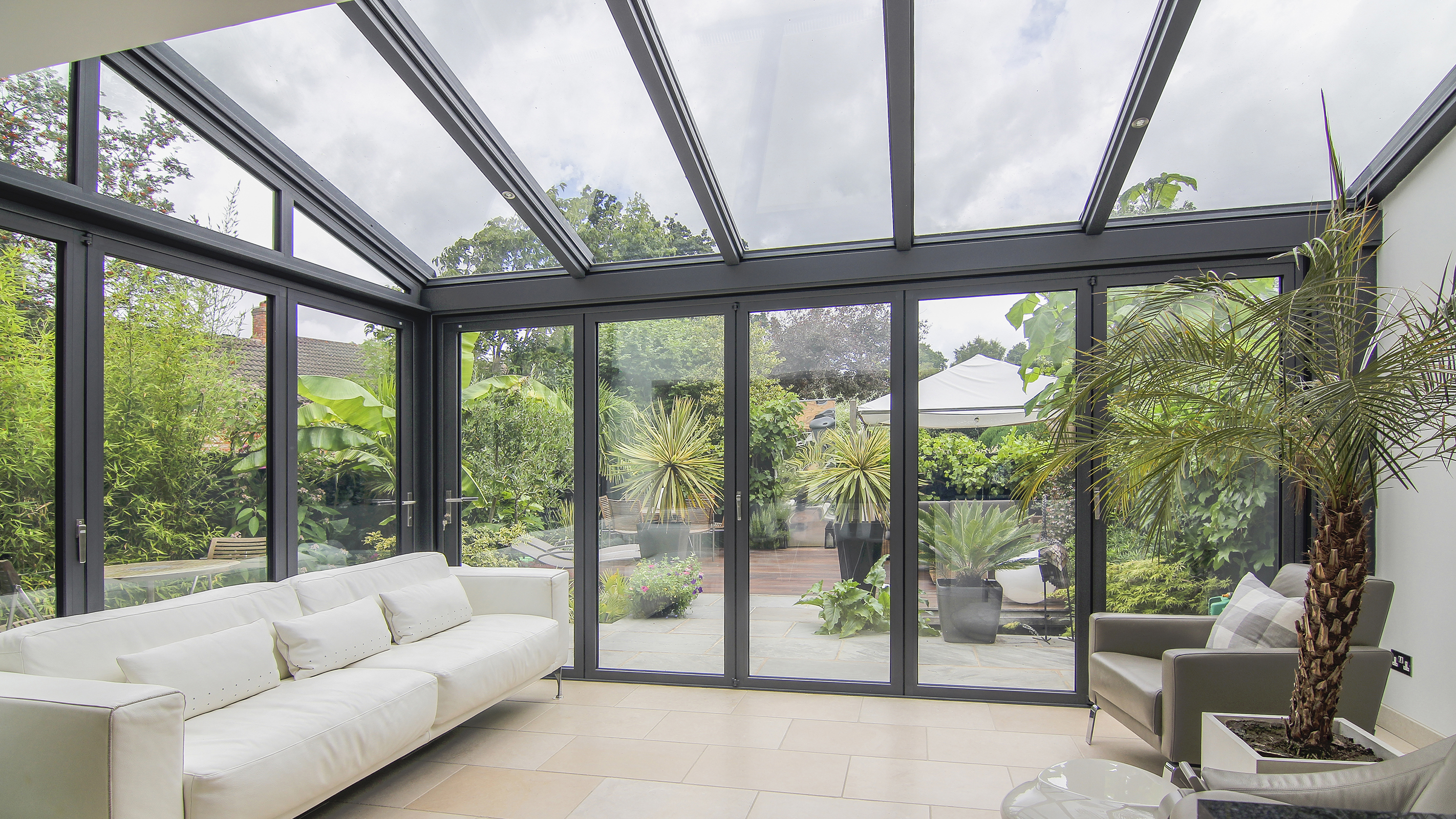
3. Carefully Consider Conservatory Houseplants
Houseplants can be beautiful in conservatories and definitely have many health benefits. However, too much greenery in your conservatory can cause humidity levels to soar.
On the other hand, certain types of houseplants, such as peace lilies and spider plants, along with Peperomia, will also actually work as natural dehumidifiers. Do your research.
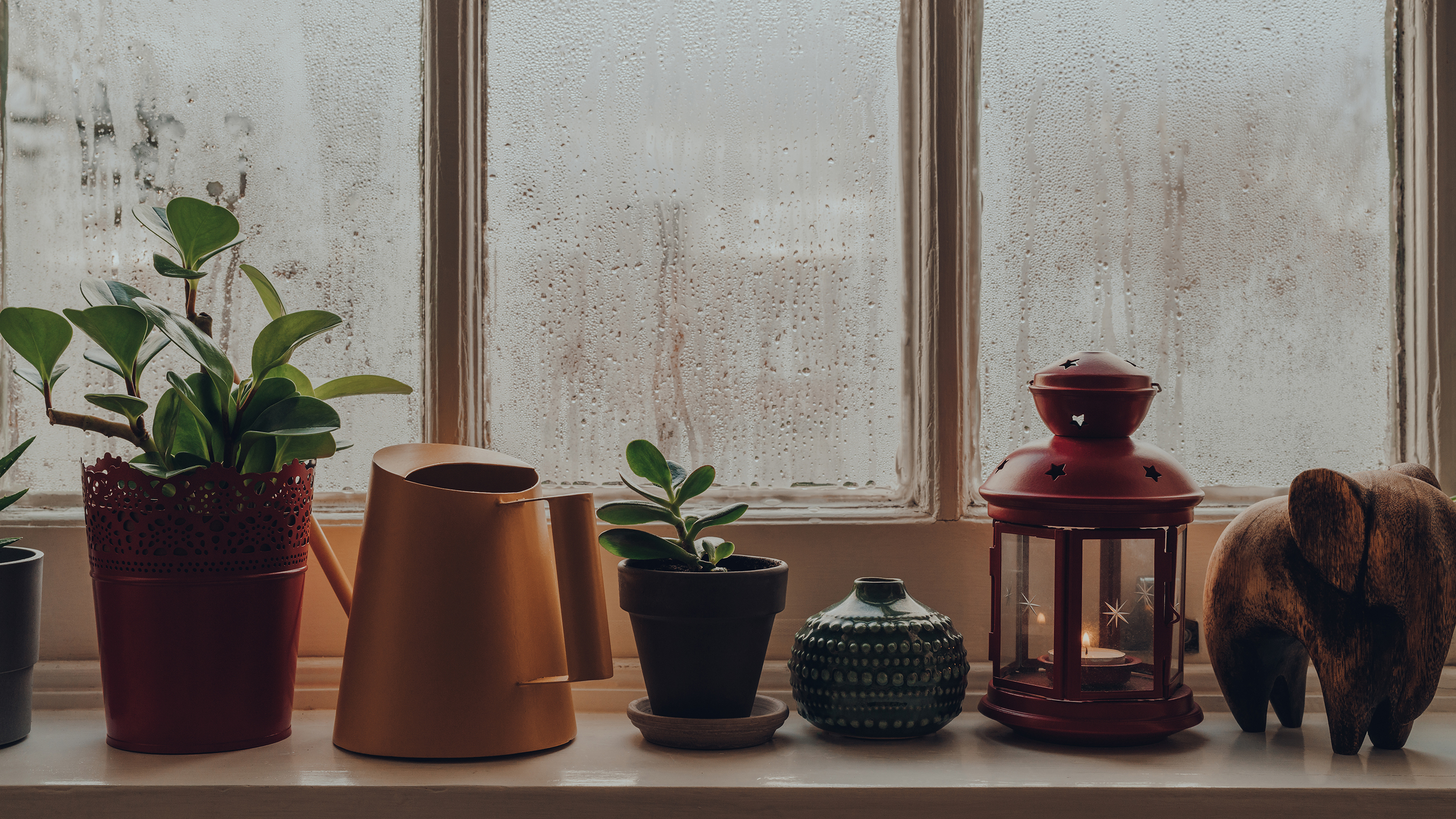
4. Invest in a Dehumidifier
Should you be too late to prevent conservatory condensation, you will need to deal with excess moisture quickly in order to prevent damp and mould from adding to your troubles.
A dehumidifier will be a worthwhile investment, providing you choose the right product for your needs. Dehumidifiers draw excess moisture out of the air and deposit it within an internal water tank.
There are two main types of dehumidifier: refrigerant (or compressor) dehumidifiers and desiccant dehumidifiers.
- Refrigerant (or compressor) dehumidifiers tend to work best in heated spaces as they require the air in the room to be warmer than the cold surface inside them.
- Desiccant dehumidifiers don't rely on the temperature of the room to work effectively and can work better than refrigerants in cooler spaces, such as conservatories in the winter, or garages.
5. Consider a Condensation Catcher
Although not as effective as a dehumidifier, it can help to pop a condensation catcher (or collector), also known as a 'damp trap', in your room. These small units take up little space and are inexpensive. They contain crystals or other absorbent materials that draw excess moisture from the air and can help with condensation issues.
This ANSIO Dehumidifier Pack of 5 from Amazon has received great reviews.
6. Avoid Using Your Conservatory as a Drying Room
Being warm, bright and sunny spaces, it can seem to make sense to use a conservatory as a laundry room in which to dry wet clothes. However, this really isn't a good idea.
Moisture from wet clothes will only exacerbate a condensation problem. Likewise, damp doggies and soggy coats and boots will also make the problem worse.
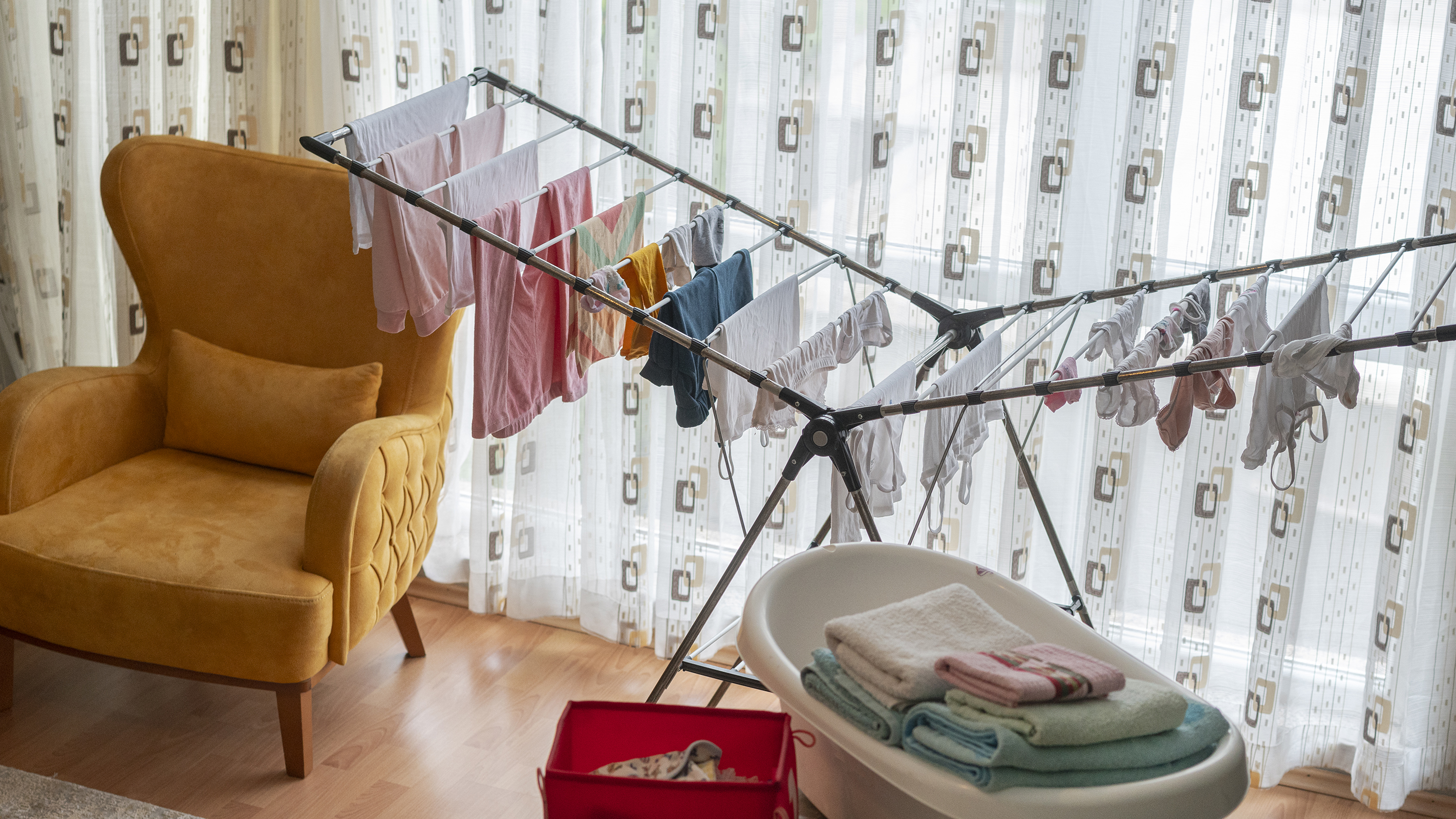
7. Shut it Off From Steamy Spaces
If your conservatory is open to a kitchen, it could well increase your chances of a condensation problem.
Kitchens can be warm, steamy spaces and although conservatories can make ideal dining spaces, moisture in the air could ruin your eating experience.
The best kitchen extractor fans will go a long way to easing the problem, as well as installing internal glazed doors to separate the spaces without blocking light.
Get the Homebuilding & Renovating Newsletter
Bring your dream home to life with expert advice, how to guides and design inspiration. Sign up for our newsletter and get two free tickets to a Homebuilding & Renovating Show near you.
Natasha was Homebuilding & Renovating’s Associate Content Editor and was a member of the Homebuilding team for over two decades. In her role on Homebuilding & Renovating she imparted her knowledge on a wide range of renovation topics, from window condensation to renovating bathrooms, to removing walls and adding an extension. She continues to write for Homebuilding on these topics, and more. An experienced journalist and renovation expert, she also writes for a number of other homes titles, including Homes & Gardens and Ideal Homes. Over the years Natasha has renovated and carried out a side extension to a Victorian terrace. She is currently living in the rural Edwardian cottage she renovated and extended on a largely DIY basis, living on site for the duration of the project.

